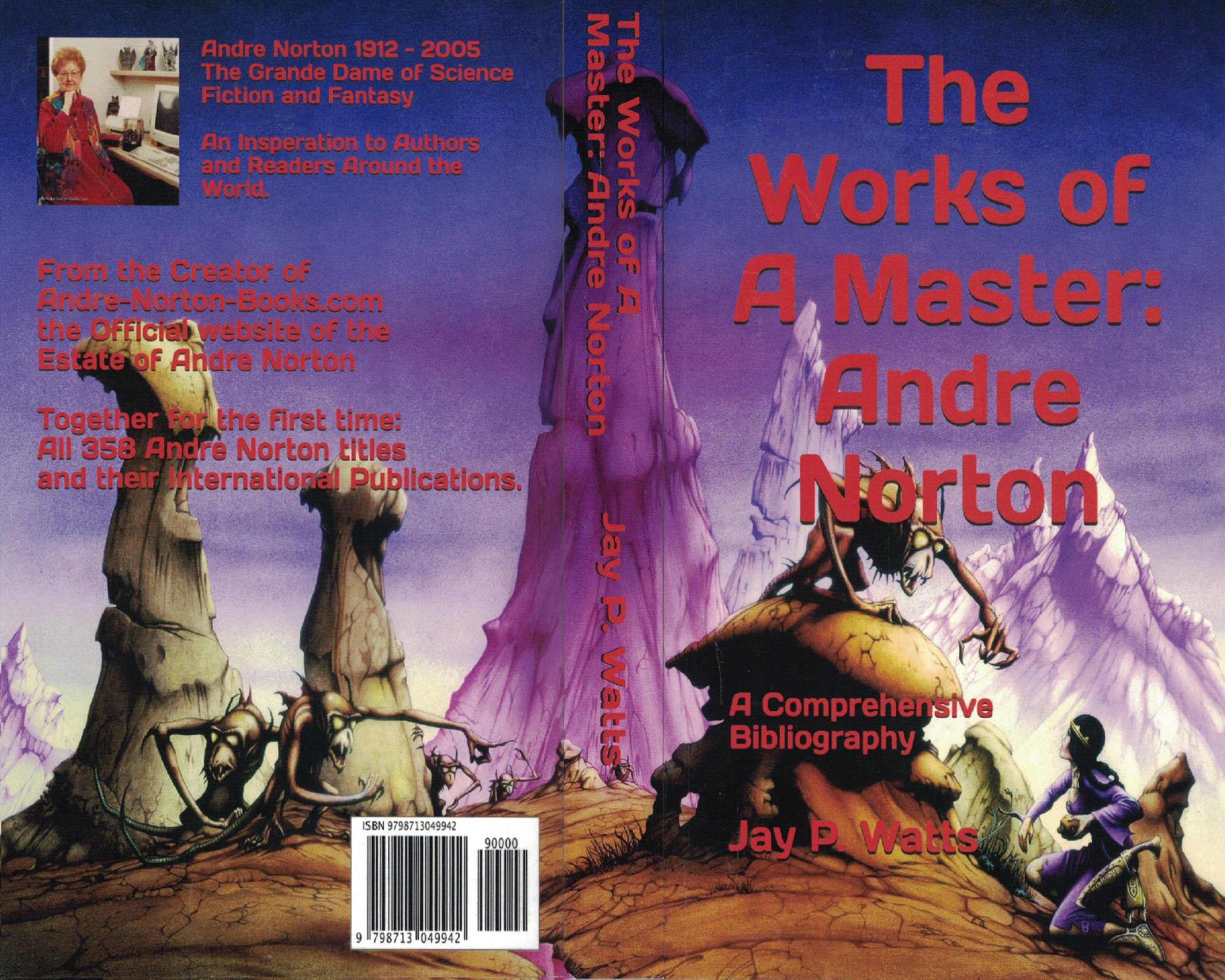"Catseye" by Andre Norton ~ 01.18.18
Andre Norton’s 1974 novel Catseye is what’s often called a space opera.
In other words, like the old Westerns — called horse operas — it’s an adventure story, set in space, featuring good guys and bad guys. And, in the end, the white hats win.
In other words, we’re not talking King Lear or Paradise Lost here.
Catseye is entertainment, pure and simple. And, yet, there is something noble about a well-crafted entertainment, made with pride and integrity and intelligence and a level of creativity.
A kinship
Here, as in many other Norton novels, the story involves a human being — a young man from the wrong side of the tracks named Troy Horan — who is able to talk telepathically with animals. In this case, five animals from Earth — two cats, two foxes and a playful little monkey-like creature called a kinkajou.
This theme was obviously important to Norton, and it’s not just a fun what-if feature to her stories.
Deeper, it is a recognition of a kinship between humans and other creatures and, by extension, with all of creation — a proto-ecology idea when Norton originally used the concept sixty-five years ago in her first science-fiction novel Daybreak: 2250 A.D. (originally published as Star Man’s Son, 2250 A.D.).
A community
In Catseye, Norton also takes this concept in an additional direction, envisioning a large wilderness area on Troy Norton’s planet which is being protected from development and violation by a group of tough, politically powerful outdoorspeople known as the Clan.
Along a different line, Norton’s story involves the effort of Horan to escape the Dipple, a slum ghetto in the pleasure city of Tikil where displaced persons are herded and corralled. Here, they live without citizenship, routinely denigrated, casually used for hard labor in the “better” parts of the city and then sent back to the prison-like Dipple.
Horan escapes, but only because of his talent for telepathically communicating with animals and because of a community he forms with the foxes, cats and kinkajou and because of his willingness to treat them as equals and because of their willingness to accept him in their circle.
In its modest way
Catseye is a pleasant entertainment.
It also, in its modest way, nudges the reader to think about the place of humans in the Universe and perhaps to question the knee-jerk sense among humans that they are at the crown of creation.
Similarly, it goes to bat, in its quiet way, for those at the bottom of society. Not only does it ask where humans stand in relation to all of the Universe, but it also questions whether the class structure of human society — with its span from the rich to the poor — is a valid way of treating people.


